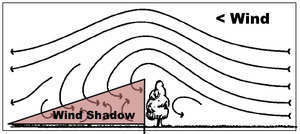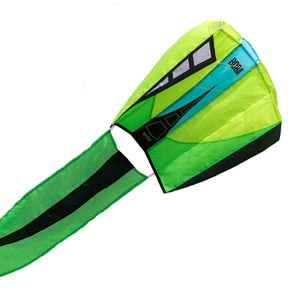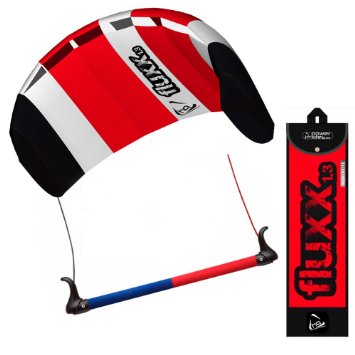What is a Wind Shadow and how it impacts Kites
Choosing an appropriate flying location for your kites is often given little thought. For many, they look at the trees or a flag flapping in the breeze and decide to head to their local green space to fly kites. But did you know that the landscape (topography) of the flying locations has a huge impact on your kite performance?
Trees, hills, and buildings affect the quality of the wind you have in the typical flying zone and can thwart the successful launch of even some of the best kites. On the prairies, I often describe the wind as "trashy" and by this mean it is not smooth, rather it is gusty or rolling and choppy.
There is another term to describe this phenomenon - Wind Shadow. Wind Shadow is the term used to describe the disturbed airflow downwind of obstructions like trees, hills, and buildings.
Think of it this way; have you ever stood behind a tree or a building to escape a cold wind? The obstacle blocks the wind forcing the airflow to go around, under or over the obstacle. It is this air movement that creates disturbed (flakey, choppy, trashy) air flow. This wind is often swirling and rotating which can sometimes create downdrafts that can keep your kite from taking flight.
Learn more: Understanding the Wind Window
Flying field selection is key and this means being aware of what's around you. The rule of thumb is a wind shadow is approximately 7 times the height of the obstacle. So, if a building is 20ft tall, it is a good idea to launch your kite 140ft downwind of the building.

Careful flying field selection and paying attention to recommended kite wind ranges becomes even more important when we fly performance stunt kites - where we are looking for smooth steady airflow. It becomes a significant safety consideration when flying large traction kites. Being aware of the impact of the Wind Shadow can go a long way to making your kite flying successful!
At Great Canadian Kite Company, not only do we we pride ourselves in providing a variety of quality kites for many different interests, ages and abilities, we also want to do our best to make sure your kite flying experience is great, and that means we do our best to provide a selection of kite flying tips and advice in our Kite Resources section. Browse our online Canadian kite shop to buy your kites online. We ship throughout Canada.
Don't see what you are looking for? Have a kite related question? Drop us an email!




